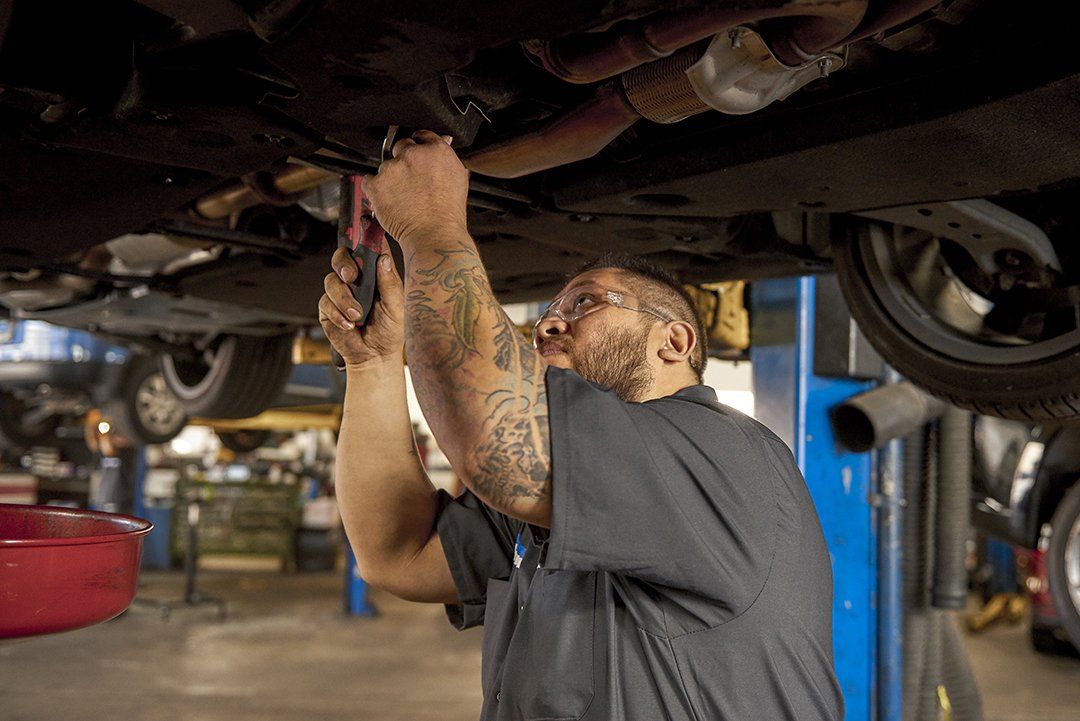Hands-on transmission systems, additionally referred to as hands-on transmissions or standard transmission, require drivers to manually pick gears making use of a gear stick and operate a clutch pedal. This setup provides straight control over the vehicle's power and speed, permitting for an extra involved driving experience. The core parts of a hands-on transmission include gears, shafts, and synchronizers, which interact to send engine power to the wheels effectively.
In a regular guidebook transmission, the vehicle driver uses the clutch pedal to disengage the engine from the transmission, picks the wanted equipment making use of the gear stick, and afterwards releases the clutch to re-engage the engine with the brand-new gear ratio. This process permits for precise control over the lorry's performance, enabling vehicle drivers to optimize power delivery for various driving conditions. The direct mechanical connection in hand-operated transmissions frequently leads to far better fuel efficiency and an extra connected feel between the driver and the car.

The drivetrain in vehicles with hand-operated transmissions contains a number of vital components:
•Clutch: Engages and disengages the engine from the transmission to permit gear modifications.
•Gearbox: Contains a collection of equipments that can be selected to adjust the car's speed and torque.
•Driveshaft: Transmits power from the transmission to the differential.
•Differential: Disperses power to the drive wheels while allowing them to turn at various speeds, especially during turns.

Understanding these components is critical for correct automobile upkeep and operation, guaranteeing a smooth and responsive driving experience.
Check for more info at Logan Square Auto Repair - Automatic/Manual Transmission Systems Facebook Youtube Instagram
Navigation
Latest Posts
Why Select Modern Nissan of Hickory for Your Oil Adjustment?
Experience the Future of Driving with the 2024 Nissan Ariya EV
Exploring Hyundai's Technological Innovations